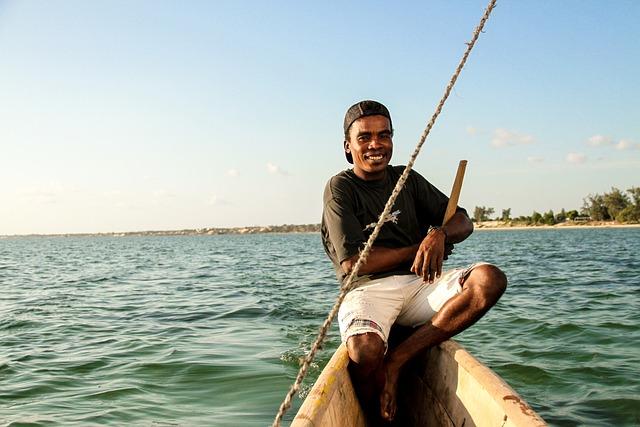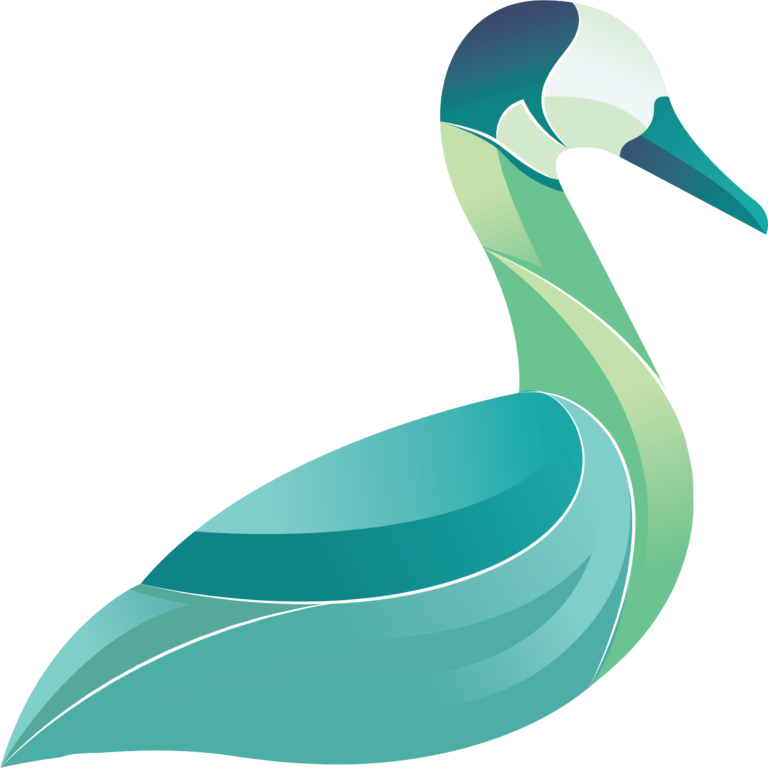An impressive people unified by a unique culture.
Madagascar is a fascinating and mysterious island with unimaginable resources. The Malagasy people and their culture cannot be described in one word. There’s so much to say that a thousand words can’t describe the richness and beauty of the culture of this island. Highly varied, the culture of this country is the fruit of a sweet mixture of several cultures coming from the 4 corners of the world. Let’s discover together this cultural richness that only this island has.
A rich and varied culture:the fruit of a beautiful interbreeding
The few million inhabitants of Madagascar have a very varied culture. Composed of 18 ethnic groups, the Malagasy people speak a language of Austronesian origin. It must be said that these different ethnic groups have their own culture, their taboos and fady or forbidden.
For the Malagasy, the prohibitions are still very much respected, so we see in a given region that the people do not eat garlic, onions, eel. There are places where you can’t wear red clothes, and other people don’t work on Mondays…. A whole culture that is fiercely preserved.
Most commonly used practices:
Among the Malagasy culture, still very practiced, there’s the circumcision. Everyone has his own method and way of celebrating the event, but we can say that all Malagasy boys are circumcised. In the highlands, it’s celebrated in family, in one day, while in the south-east, it’s done every 5 years and in group. Thus the celebration lasts a month.
The most famous practice:
A Malagasy culture still very much celebrated in this island is the turning over of the dead. As in Asia or in some African countries, the Malagasy practice the famadihana. It’s a big event where all the family from generation to generation meet, eat zebu, dance on folk songs and drink without moderation their famous toaka gasy or the malagasy rum which is of an incomparable flavor. The famadihana consists of opening the family tomb and dressing the dead in a new shroud.
We can also notice that the zebu occupies an important place in the life of the Malagasy.. The wealth of a family is counted according to the number of zebu that the head of the family has. A rich family in the south can have more than a thousand head of zebu in its account. Rice is also the symbol of the Malagasy. All the Malagasy people eat rice 3 times a day.
A sweet mixture of mixed people
The Malagasy people are of African and Asian origin. The 26 million inhabitants of Madagascar are spread over 22 regions which have their own customs and culture according to their origin. It can be said that 98% of the Malagasy are of Afro-Asian origin. The two largest ethnic groups are Merina and Betsileo. 25% of the Malagasy population are Merina, 12% represent the Bestileo ethnic group, they are mostly inhabitants of the Highlands.
It should also be said that the Malagasy have an Asian origin. This is marked by the similarity of culinary traditions or also the similarities of the Malagasy language with that of the Asians.






